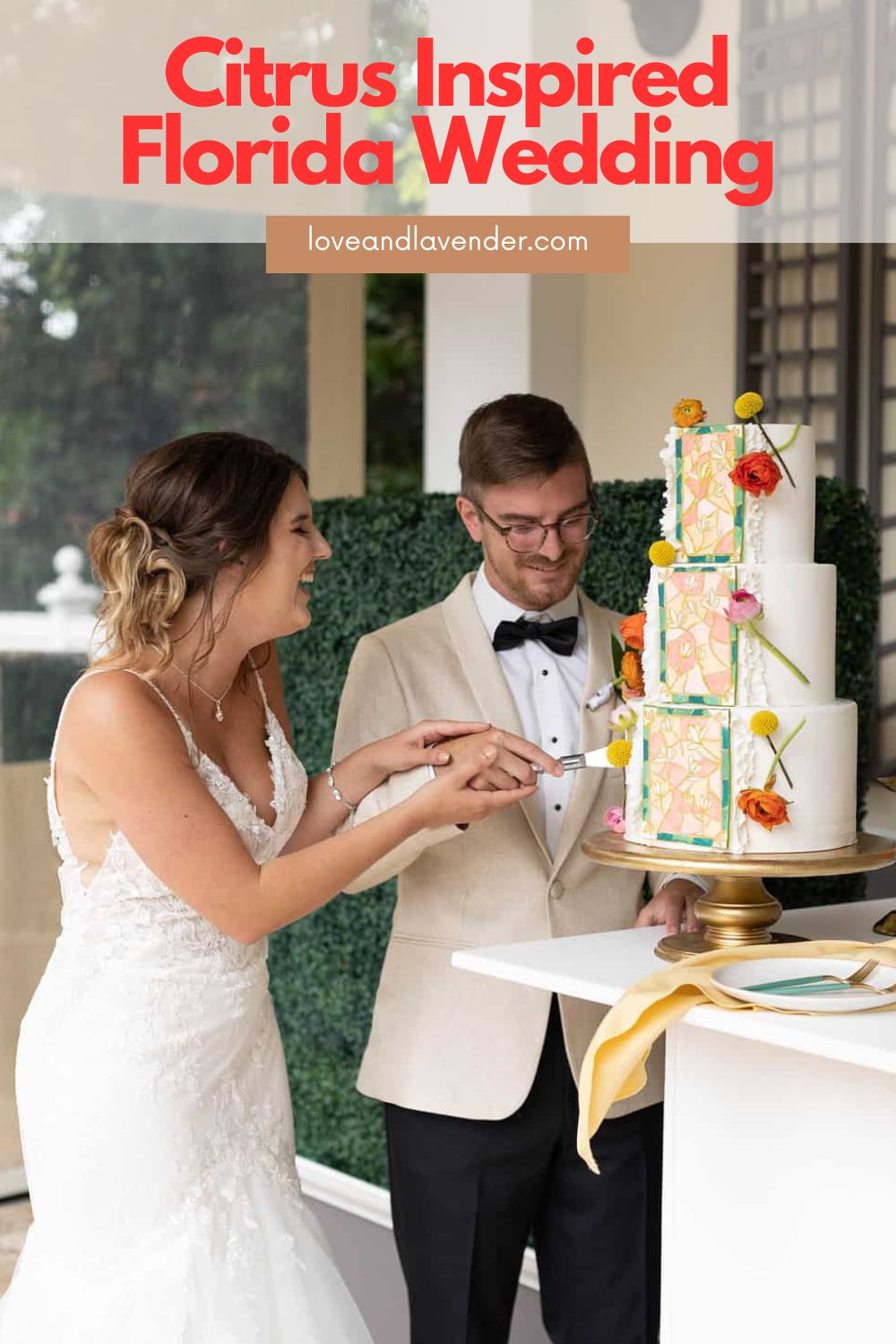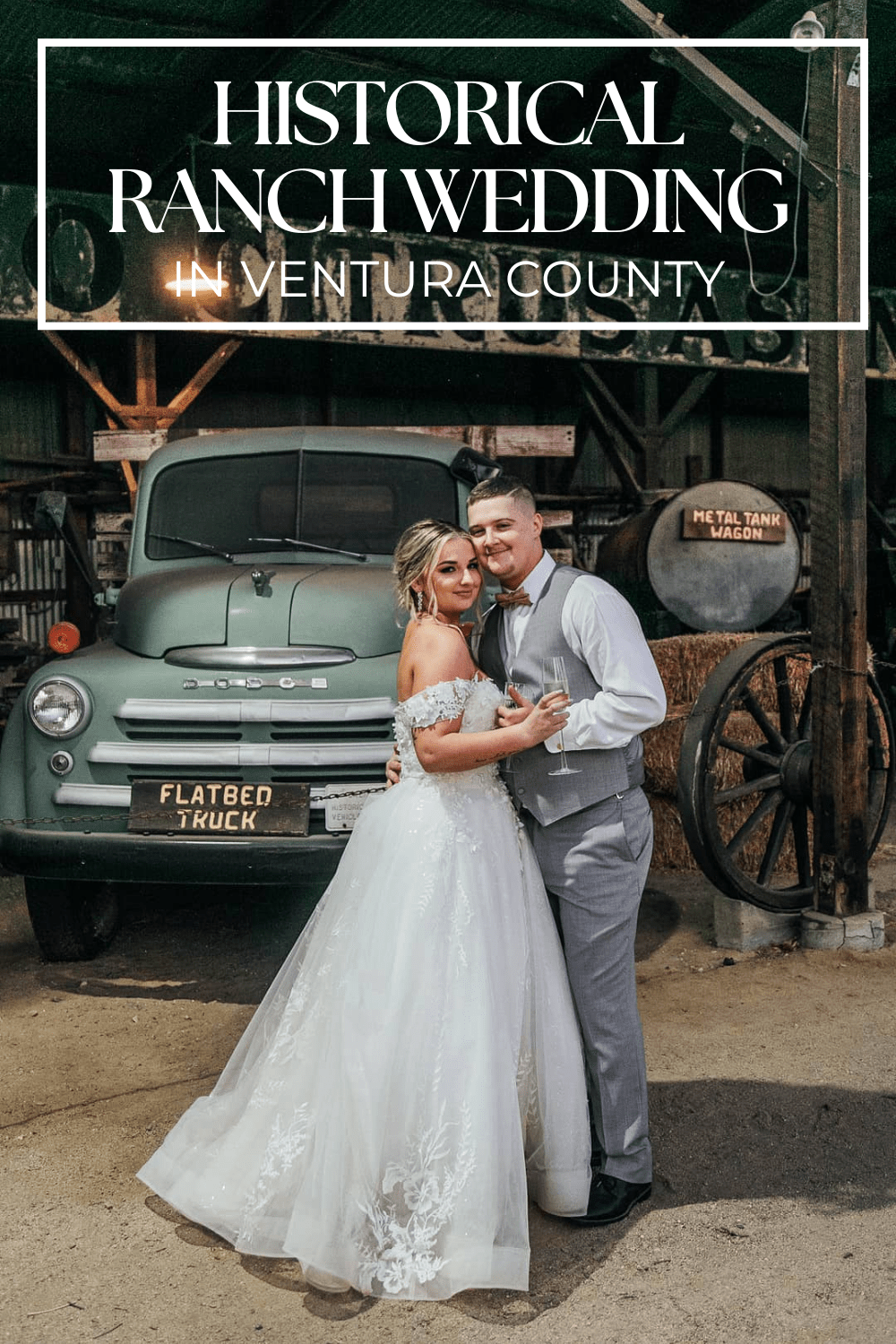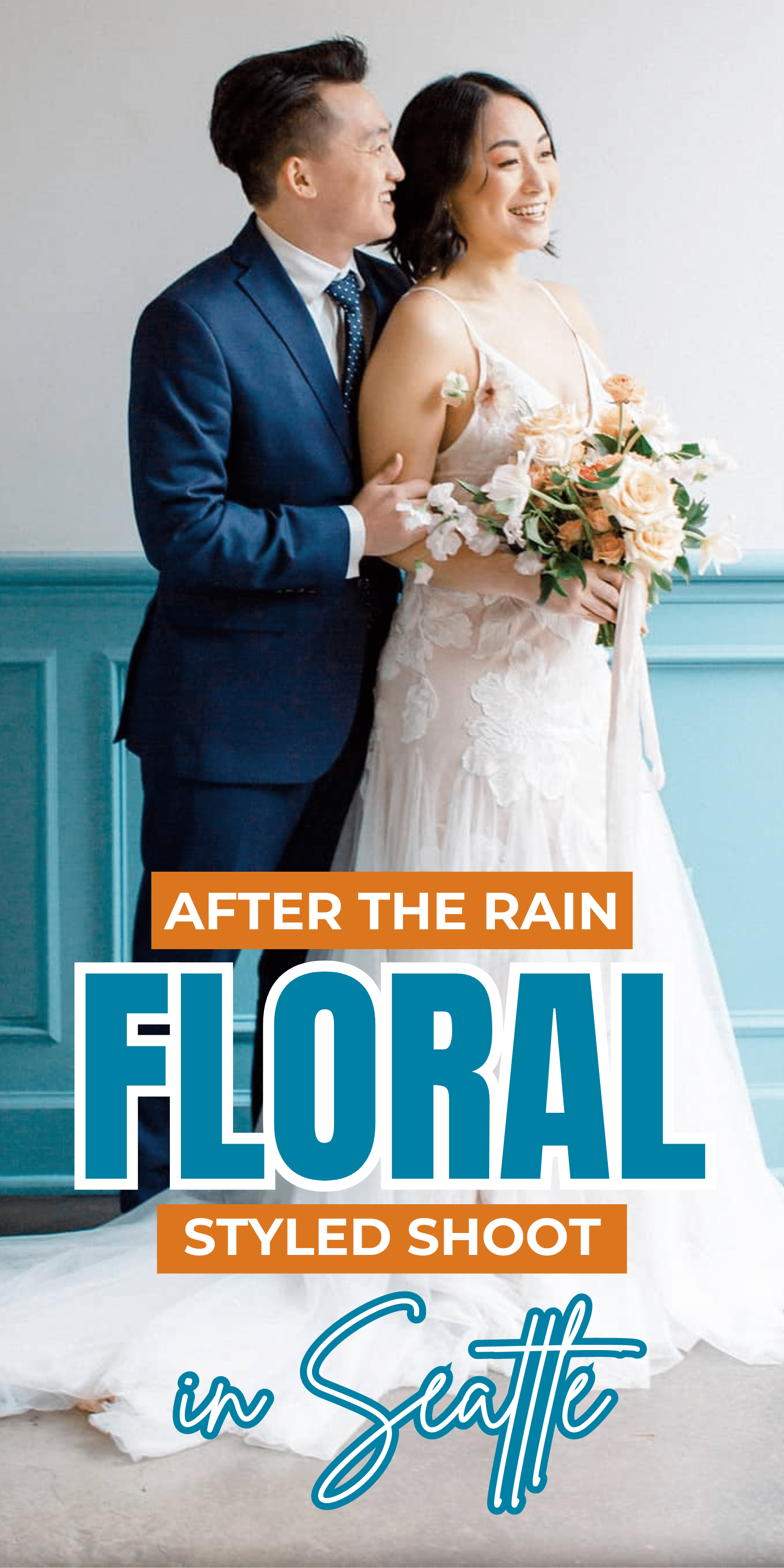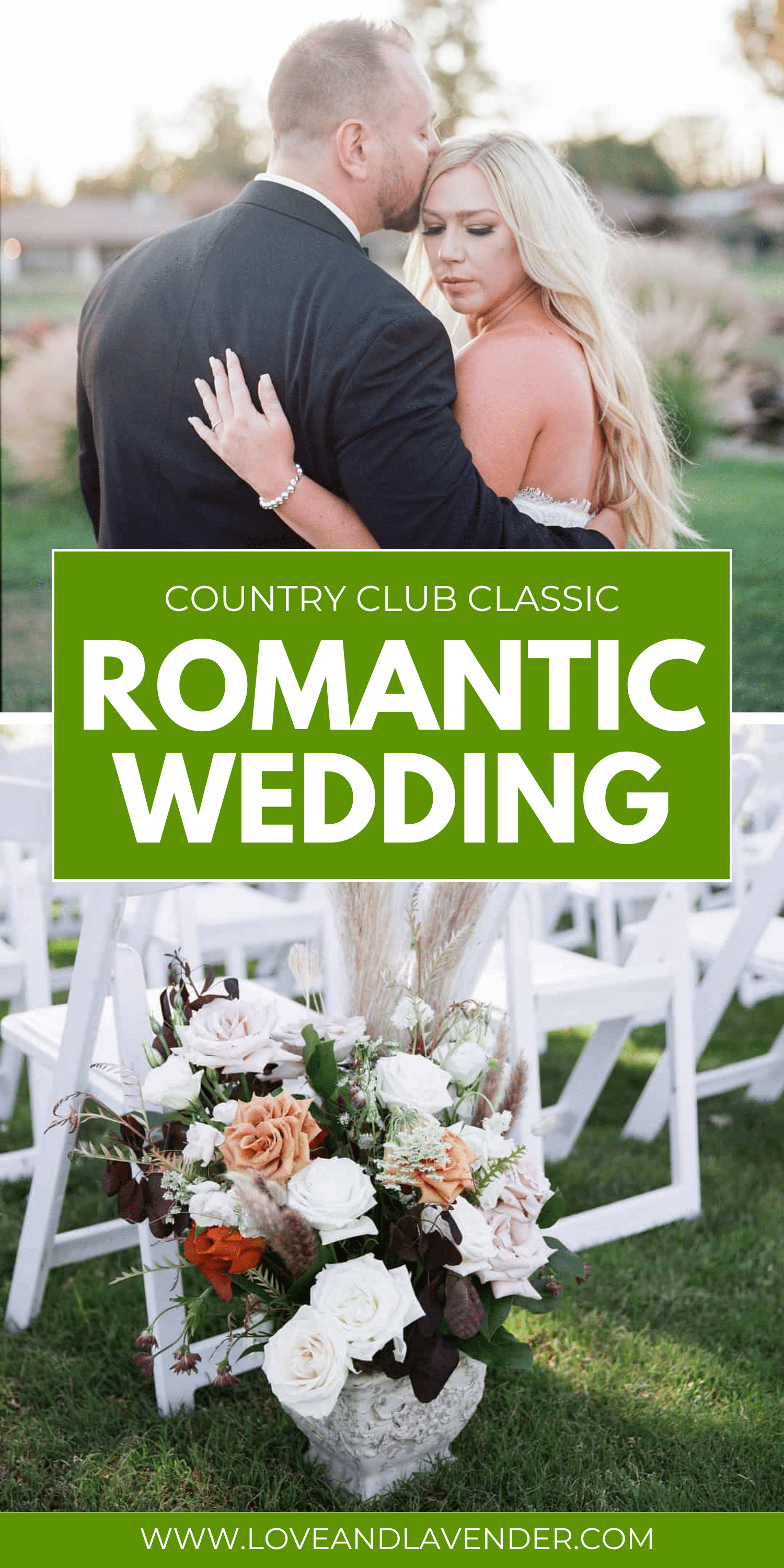A ¾-carat diamond will look great in any setting. These diamond rings are perfectly sized to shine without looking too large on your finger or getting in the way of daily life.
As with any big purchase, however, buying a ¾-carat diamond ring can be intimidating, especially because they are so popular. You will find all sorts of shapes, cuts, and gradings. How do you choose? Luckily, that also means that you’ll find the perfect diamond ring for you—it just takes some insider knowledge.
And we have your back! In this handy guide, we’ll walk you through everything you need to know about ¾-carat diamond pricing.
 Pin
Pin¾ Carat Diamond Ring Price
If you’re in the market for a more budget-friendly diamond ring, the ¾-carat diamond ring is a smart choice. It’s a fantastic balance of cost and style—but you’ll still want to find a good deal.
How much can you expect your ring to set you back?
As with any other size of diamond, there are lots of factors that impact the price, and even the slightest change in grading or rating will change the cost. That’s something you can use to your advantage!
We’re going to be tossing some grading terminology into the mix here—don’t panic! We’ll explain all these terms in detail below. But let’s talk dollars for now.
On average, you can expect to pay about $2,000-$3,000 for a ¾-carat diamond ring. The spectrum can range with the low end starting around $800 and going all the way up to $8,000.
How come? All diamonds are created differently. There are rating scales on the 4Cs—cut, color, carat, and clarity—that influence the price of the diamond. These ratings impact the price.
Remember that the setting of the ring, and any additional gemstones in it, will also impact the price, especially with this size of the diamond, so it’s not just about the feature stone. This, combined with the various features of the diamond and how it’s graded, will dictate the final cost.
So, knowing where you can splurge and where you should save is the recipe for value for money—and by the end of this article, you’ll be a ¾-carat diamond ring whizz! At this carat count, you’ll find a huge selection of rings to choose from at competitive prices, so your dream diamond is just a few steps away.
How Big Is a ¾ Carat Diamond Ring?
If the ¾-carat diamond ring is such a popular choice, what does it actually look like?
There’s a common misconception that the carat value and size are linked. Not quite! The carat system is a weighting system for diamonds, where every carat weighs in at 200 mg.
We then break this down further into 100 points, so you always know the precise carats of your stone. So a 0.75 or ¾-carat diamond would weigh around .15 grams or 150 milligrams.
You would think this would mean that every ¾-carat diamond ring looks the same, right? Not quite! The shape of the stone will impact the way it looks to the eye. Some shapes have more weight below the “girdle,” or the point where the setting and stone meet, and some shapes are broader, wider, or elongated.
However, a classic round-brilliant ¾-carat diamond will be about 5.8 millimeters across. That’s about 0.7 millimeters bigger than a half-carat stone, and about 0.6 millimeters smaller than a full-carat stone.
An average woman’s ring finger is between 16.5 millimeters and 17 millimeters wide. So, a ¾-carat diamond will cover about 35% of her finger, before other aspects of the setting are introduced.
 Pin
Pin¾ Carat Diamond Ring Shape, Cut, and Color
A diamond ring should always suit its owner’s taste, and this is also true for shape and color preferences! After all, the point of a ring is to be proud of it and wear it with joy.
However, when choosing a ¾-carat diamond ring, learning about how the shape of the diamond and its color grade impact the value and brilliance of the stone is an important part of finding your diamond love match.
Shape and Cut
The beauty of a ¾-carat diamond is that it suits every shape and possible ring setting, so you’ll have free reign to choose something that’s exactly to your taste. Almost all diamond shapes, including princess, oval, round brilliant, and emerald, are possible with a ¾-carat diamond, although some show off their best features better than others.
The shape of a diamond can make the diamond appear larger, but not necessarily better, so you don’t always want to go with the biggest to get the best. With a larger surface area, like an emerald cut, a diamond may not sparkle as brilliantly as it would with a rounder shape, so all of this has to be weighed up according to your taste.
There’s no wrong choice here—just pick the one you love the most.
Shape will have a small impact on the cost of the ring, based on how much “raw” stone was wasted when it was created. While the classic round-brilliant shape wastes the most, some other shapes are more forgiving, so they’re a little cheaper.
Did you know that the cut and shape aren’t technically the same thing? While we use them interchangeably, the pros don’t. The cut is more about how the diamond has been refined, cut, and polished with the facets (flat planes) added, which impacts its symmetry and brilliance.
There are specific style guides that are followed to ensure a quality cut. The round-brilliant shape can be strictly graded on cut and has the most facets to throw the light around, too. The other “fancy” shapes have a less-strict cut grading but are still evaluated for symmetry and polish.
In terms of pricing, a ¾-carat round diamond with a very good cut, an E color rating, and VS1 for clarity would cost you $4,059. Whereas, for a ¾-carat emerald diamond with the same cut, color, and clarity you’d spend $2,222.
| Round | $4,059 |
| Princess | $1,930 |
| Emerald | $2,246 |
| Asscher | $2,564 |
| Cushion | $1,557 |
| Marquise | $3,333 |
| Radiant | $2,118 |
| Oval | $2,398 |
| Pear | $2,553 |
| Heart | $2,549 |
Color
When we discuss a diamond’s color, we’re actually referring to the lack of color the diamond has! So, this is a scale used for white (or clear) diamonds only. On the GIA grading scale, color is graded from D to Z after an assessment under magnification by a skilled expert.
Now it’s time to fill you in on a trick—the pros have to color-grade diamonds loose. This is because the band metal and other stones can have a big visual impact on how a stone looks to the eye. And if we’re talking close color grades, like D and E, or G to I, the difference can be near-imperceptible, so this matters.
The D-graded diamonds are colorless and will be as pure as a drop of water. A Z-graded diamond color, however, will feature obvious tints and look light yellow or brown, making it the cheapest option but not worth the cost anyway.
Because the differences are so subtle, there’s no need to choose the clearest D-grade colored diamond to get the best! We recommend choosing something in the G to I range to get the best value for money and a diamond that appears beautifully colorless.
Each time you move up a color grade, you can expect to pay a few hundred dollars more, so this is well worth knowing. In fact, some people don’t like the “best” color-rated diamonds and prefer a little warmth, so let your own taste guide you, too. Here’s the full GIA color scale.
- Colorless = D, E, F
- Near Colorless = G, H, I, J
- Faint = K, L, M
- Very Light = N, O, P, Q, R
- Light = S, T, U, V, W, X, Y, Z
Can I Get Colored Diamonds?
You can! Colored diamonds receive their natural tint when they’re formed deep in the earth, as their carbon atoms react with trace elements like sulfur and nitrogen. You will find diamond colors like blue, green, orange, pink, and yellow, as well as black and chocolate. These come in and out of fashion but always make a statement.
The rarest colored diamond of all is red, as it takes a very unique set of conditions to form these. While they don’t use the classic color scale of the 4Cs, they have their own fancy-vivid to fancy-faint scale, which is based on how strong and how solid the color is to the eye.
For this 0.86-carat red radiant diamond of an ideal cut and with a clarity rating of VVS1, you’ll pay $2,212,350.
In comparison, a 0.86-carat fancy gray radiant diamond, with the same cut and clarity rating, will cost you $15,987. The massive price difference is due to the scarcity of red diamonds.
Clarity Rating for ¾ Carat Diamond Rings
The clarity of a diamond is arguably one of its most important features, but it’s also an often misunderstood one. So let’s break it down!
A diamond’s clarity is judged based on the presence of blemishes and inclusions, tiny flaws that appear as the diamond is formed. To assess clarity, experts use 10x magnification to give the diamond its final grade. That’s quite an intense look into the heart of the gem, isn’t it?
Luckily, this means that a smart buyer (like you) can leverage clarity to get a fantastic deal. Especially on a smaller carat weight like this. A high-quality diamond looks clear with the naked eye—no one is wandering around with a magnifying glass to check out the true clarity!
Any of the clarity grades from VS1/2 and higher will give you a gem that looks clear to the eye, so you have the perfect opportunity to balance clarity and cost.
These are the clarity gradings used by the GIA, with each letter representing how many inclusions and blemishes are found within the diamond.
- Flawless (FL)—indicates a gem with no flaws
- Internally flawless (IF)—indicates there are no visible flaws
- Very, very slightly included (VVS1 and VVS2)—this gem features some flaws, but they are difficult to spot by an experienced jeweler with high-powered magnification
- Very slightly included (VS1 and VS2)—this gem features some flaws under magnification
- Slightly included (SI1 and SI2)—a gem that features slightly noticeable flaws
- Included (I1, I2, and I3)—a gem with noticeable flaws
| IF | VVS1 | VVS2 | VS1 | VS2 | SI1 | SI2 | |
| D | $6,515 | $4,456 | $3,548 | $3,221 | $2,969 | $2,378 | $1,967 |
| E | $4,433 | $4,114 | $3,842 | $3,213 | $2,976 | $2,201 | $1,955 |
| F | $4,210 | $3,704 | $3,718 | $2,993 | $2,429 | $2,071 | $1,554 |
| G | $3,576 | $3,321 | $3,028 | $2,993 | $2,707 | $2,174 | $1,667 |
| H | $3,102 | $2,879 | $2,660 | $2,753 | $2,543 | $2,093 | $1,962 |
| I | $2,640 | $2,548 | $2,479 | $2,236 | $2,353 | $2,104 | $1,520 |
| J | $2,157 | $1,984 | $1,906 | $2,072 | $1,771 | $1,670 | $1,266 |
| K | $2,162 | $1,767 | $1,660 | $1,583 | $1,569 | $1,321 | $1,395 |
How to Choose the Best ¾ Carat Diamond Ring
A ¾-carat diamond ring is an important purchase, and you want to get the right balance of cost and looks. When you’re looking at diamond rings in this range, the below are the most important features to consider.
At the lowest end of the scale, you can purchase a ¾-carat diamond ring for around $800. However, the diamond will have a poor color and clarity rating at this price, so it’s not the best way to spend your cash.
On the flip side, a ¾-carat diamond with flawless clarity and the clearest color (D-grade) will cost around $8,000. If you have the money to splash, go ahead—but this won’t be the best value-for-money ring you can choose, and you may want to upgrade to a larger carat value instead.
For example, a G-color and VS1 clarity diamond will be near indistinguishable to the eye, and will only set you back about $4,000. A similar ring at I-grade color will be about $3,000 and will only be slightly different. If you step down to the VS1/2 clarity grades, this could change to around $2,500.
As long as the ring is in the G–I color range, and VS1/2 or above, you’ll still be making a fantastic purchase. In fact, if you’re pairing it with a warm gold band, you can even risk a J-color grade with very little visual impact, and score a few more hundred dollars off the price.
Occasion
You’re probably here to grab a gorgeous ¾-carat diamond ring as an engagement ring. However, this size of diamond also works with everyday rings, as it’s not too large and overwhelming.
When you purchase your ring from a jeweler, they usually design them with a specific occasion in mind, but there are no rules set in stone that say you have to use it for that! Let your taste and heart dictate the final look of the ring, and you’ll love it forever.
Setting
The first consideration when choosing the shape of a diamond is your own taste, of course. If you don’t like it, who cares if it’s a popular shape? Secondly, the shape should suit the band and setting of the stone.
A ¾-carat diamond works in almost all settings and shapes, which is another reason for its enduring popularity. However, to show the diamond off to its best and make it appear flawless, opt for a classic round brilliant shape if you don’t otherwise care.
This platinum Petite Solitaire Engagement Ring setting exhibits every facet of this almost flawless, ideal cut ¾-carat round diamond with a D color rating and IF clarity, at a cost of $7,405 for both the setting and the diamond.
For the same ¾-carat round diamond, set in a yellow gold Petite Solitaire Engagement Ring, you’ll pay $7,005.
Certification
Always choose a diamond that comes with a certificate from a recognized and certified diamond laboratory. These certificates will break down everything about your ¾-carat diamond, including its polish grade, how symmetrical it is, the cut, carat, color, and clarity.
This certificate also proves the authenticity and value of your diamond ring, so it is useful for insurance and in case you plan on reselling it in the future. The most trusted name is the Gemological Institute of America, or GIA, with the AGS (American Gem Society) following. We don’t suggest any other certifications.
Source
Did you know that you can get lab-grown diamonds? While some feel they lose some of the “specialness” of a mined diamond, they are 100% real diamonds. Even the pros need to look at the certificate number to tell the difference! You can save up to 50% on a lab-grown ¾-carat diamond, and some see them as a more ethical choice. It’s up to you!
If you’d prefer to go the natural route, this ideal cut 0.75-carat round diamond with VS1 for clarity and a D color rating will cost you $3,221.
For its lab-grown counterpart, an ideal cut 0.75-carat round diamond with the same clarity and color rating, you’ll pay $949.
Where to Buy a 3/4 Carat Diamond Ring
One of the biggest advantages of buying a ¾ carat diamond ring is that it’s a popular weight, so jewelers always have lots of options to choose from. Unlike the larger and rarer diamonds, the ¾-carat stone is more accessible, so you can always find a competitive price.
The only thing to decide is whether you want to purchase the ring through an online diamond retailer or a brick-and-mortar jewelry store—each offers a unique buying experience. There’s no wrong or right answer here, so choose as you will.
Online
Purchasing a diamond ring online is a great way to save money and see a bigger selection of stones, but you have to be a little more careful. As you’re not able to inspect the ring in person or speak to a jeweler yourself, it can feel a little risky, so you need to ensure that you’re purchasing from a reputable store with a great track record of safety and service.
If you’re looking for an ideal cut, ¾-carat round diamond of exceptional color, this D-rated diamond with a dazzling clarity rating of IF will cost you $6,515.
A ¾-carat round diamond with the same exceptional D-rated color and ideal cut, but with a clarity rating of SI2 will cost you $1,967.
There are a few online diamond retailers that already have solid reputations and can be trusted to source the best quality and value rings. Some vendors that we love have been compiled in this article to get you started.
No matter where you choose to hunt for your perfect ring online, there are a few things the store should have. These include a range of secure payment options, ongoing fantastic customer service, and a solid reputation. Additionally, it is essential to ensure that your stone is certified.
There are two trusted diamond certification systems—the GIA and the AGS. Make sure you choose from one of them. These gradings go into great detail about the guaranteed features of the stone. If they don’t offer this, the stone may be fraudulent, so buyer beware!
Local Jewelry Stores
The traditional method for buying diamond rings is visiting a physical jeweler and looking through their selection until you find something you like. The obvious advantages of buying in-person are that you can view the diamond rings and inspect them and their certifications, as well as speak to an expert jeweler.
There are disadvantages when choosing a traditional jewelry store, however. Their in-store stock is usually less than an online retailer, and their prices are higher because a physical store has costs that it must pass on to customers.
However, when shopping for a ¾-carat diamond ring, the price difference might not be as noticeable as it would be with a larger diamond, and you may enjoy the overall experience more. Or, the idea of trekking from store to store to find “the one” might horrify you. It’s up to you!
Famous 3/4 Carat Diamond Engagement Rings
Celebrities like to show off larger, flashier diamond rings, especially when they’re newly engaged. After all, that’s part of the red carpet flair, right? Although it’s uncommon to see a solitaire ¾-carat diamond as the sole centerpiece of a celebrity’s ring, you often see side stones that are this size.
Here are a few famous rings that feature ¾-carat diamonds or thereabouts:
- Matthew McConaughey made his new fiancé Camila Alves very happy when he presented her with a stunning rose cut, three-stone bauble set diamond ring. This unique ring featured a much larger diamond in the center, but it had two 0.75 to 1-carat stones on either side of it, with a total worth of about $150,000.
- Almost Famous actress Kate Hudson was once engaged to rocker Matt Bellamy. While their romance wilted, we all remember the ring. The spectacular diamond ring cost around $200,000 and featured a large emerald-cut diamond in the center and two tapered baguettes on either side, weighing around 0.75 carats each.
- Elizabeth Hurley was once engaged to Australian cricketing legend Shane Warne and had a unique ring to show for it. In the center of the ring was a flashy 9-carat blue sapphire (neat!). It featured 0.75 to 1-carat diamonds on the side with a platinum band. The ring was worth around $100,000 when it was designed in 2011, although the wedding was eventually called off a couple of years later.
- When eternal playboy George Clooney proposed to his human rights lawyer girlfriend Amal in 2014, we were all excited to see the ring. He didn’t disappoint! It was a $750,000 ethically-mined diamond ring featuring an emerald cut 7-carat diamond flanked by two 0.75-carat tapered baguettes. What a glamorous, yet elegant, choice.
The Perfect Value Diamond
A ¾-carat diamond ring opens up a world of possibilities for the buyer, so it’s one of the smartest and most popular weights of diamond you can buy. Luckily, you now have all the knowledge you need to pick a ¾-carat diamond like the superstar you are.
Thankfully, there is no shortage of stunning ¾ carat diamond rings that will suit every buyer, so your dream ring will be out there waiting for you to use your knowledge!
There are many good reasons why the ¾-carat diamond ring is such a popular purchase, and once you start looking through the possibilities, you’ll see why. It’s the perfect in-between of value and brilliance, and it’s worth taking your time to choose the right one. Have fun!
Curious about how other carats stack up next to your bling? Check out these guides for other popular diamond rings:























Leave a Reply